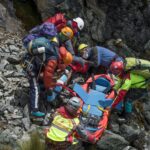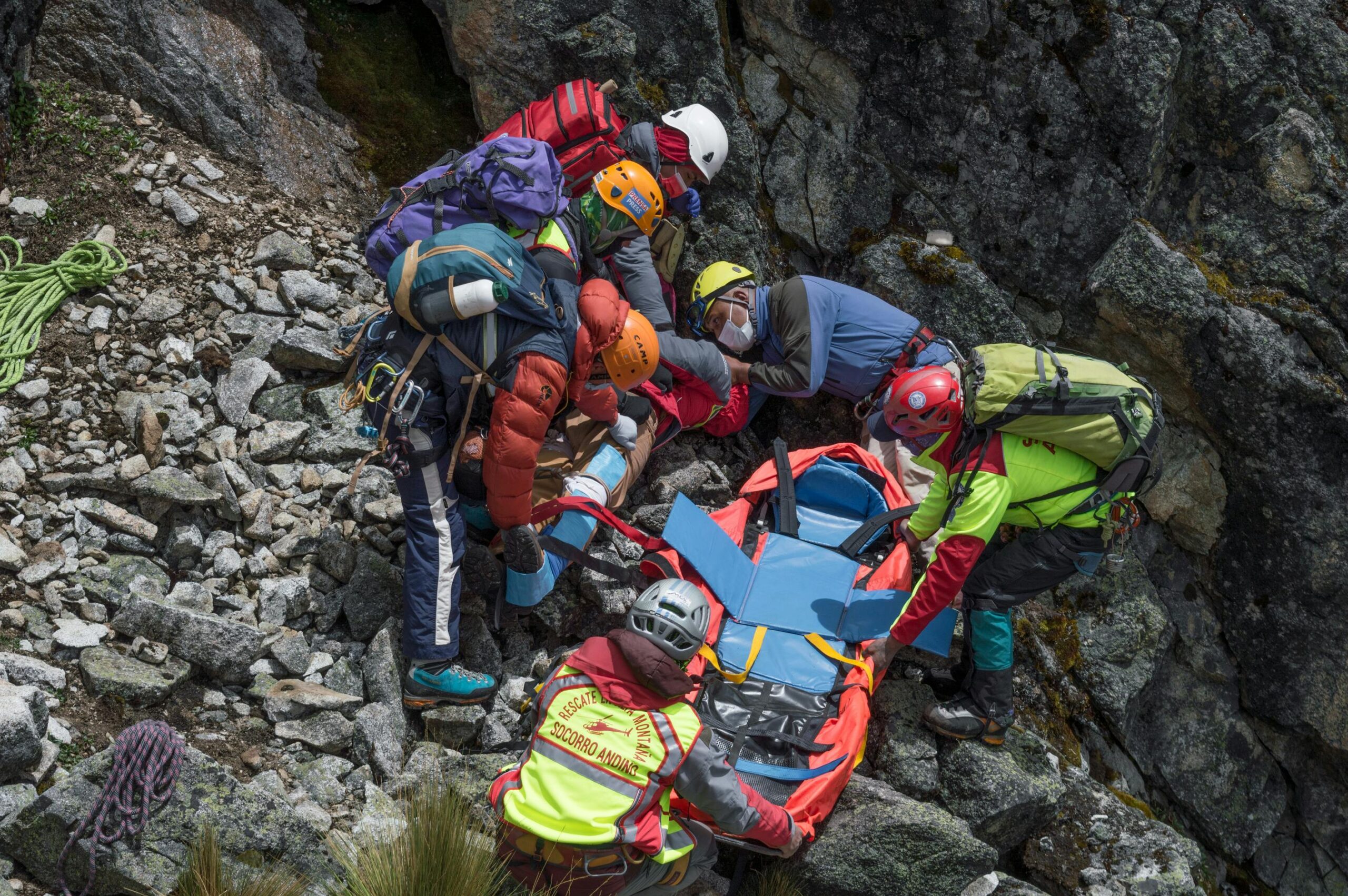Guerrilla Hiking: Breaking the Rules to Save Nature’s Soul
Introduction
When we think of hiking and camping, we often adhere to the well-known principles of “Leave No Trace” and trail etiquette. However, there’s a lesser-known, more radical approach that’s gaining attention: guerrilla hiking. This unconventional method involves breaking some of the traditional rules to potentially preserve nature in a more effective way. In this post, we’ll delve into the world of guerrilla hiking, exploring its principles, the motivations behind it, and whether it’s a viable way to protect our natural environments.
What is Guerrilla Hiking?
Guerrilla hiking, much like guerrilla gardening, is about taking bold, sometimes unorthodox actions to restore and protect natural areas. It’s not just about hiking; it’s about actively engaging with the environment to make a positive impact. This can involve activities like planting native species in neglected areas, removing invasive plants, or even creating unofficial trails to reduce congestion on popular paths.
The Philosophy Behind Guerrilla Hiking
The philosophy of guerrilla hiking is rooted in a desire to reclaim and restore natural spaces that have been neglected or damaged. It’s a form of activism that encourages individuals to take direct action rather than waiting for official initiatives. For example, in the context of guerrilla gardening, individuals have been known to plant flowers and trees in urban areas without permission, creating small oases of greenery in otherwise barren landscapes.
Rules vs. Guerrilla Hiking
Traditional Hiking Rules
Traditional hiking rules are designed to protect both the environment and the hikers themselves. These rules include staying on designated trails, not littering, and avoiding contact with wildlife. For instance, when gorilla trekking, strict rules are in place to protect both the gorillas and the trekkers, such as maintaining a 7-meter distance and avoiding direct eye contact.
Breaking the Rules
Guerrilla hiking challenges these traditional rules by suggesting that sometimes, breaking them can lead to better outcomes. Here are a few examples:
- Planting Native Species: Guerrilla hikers might plant native plants in areas where they are needed, even if it means doing so without official permission. This can help restore ecosystems and provide habitats for local wildlife.
- Removing Invasive Species: By actively removing invasive plants and animals, guerrilla hikers can help preserve the natural balance of an ecosystem.
- Creating Alternative Trails: In areas where popular trails are overcrowded, guerrilla hikers might create alternative paths to distribute the load and reduce erosion.
Real-Life Examples and Motivations
Guerrilla Gardening as a Model
Guerrilla gardening, as seen in projects like the Incredible Edible movement in Todmorden, UK, shows how community-driven initiatives can transform public spaces. Individuals like Mary Clear and her team have turned traffic circles and grassy roadsides into gardens, not only beautifying the area but also fostering a sense of community.
Motivations
The motivations behind guerrilla hiking are varied but often stem from a deep desire to protect and restore natural environments. Here are some key reasons:
- Protest and Activism: Some individuals engage in guerrilla hiking as a form of protest against neglect or mismanagement of natural areas.
- Community Engagement: It can foster a sense of community and shared responsibility for the environment.
- Immediate Action: Guerrilla hiking allows individuals to take immediate action rather than waiting for bureaucratic processes to unfold.
Safety and Ethical Considerations
While guerrilla hiking can be a powerful tool for environmental conservation, it’s crucial to consider the safety and ethical implications:
- Legal Risks: Engaging in guerrilla hiking can lead to legal consequences, such as fines or even lawsuits, especially if done without permission.
- Environmental Impact: It’s essential to ensure that any actions taken do not harm the environment further. For example, introducing non-native species can have devastating effects on local ecosystems.
- Respect for Existing Rules: While breaking some rules, it’s important to respect the core principles of environmental protection and safety.
Conclusion
Guerrilla hiking is a controversial yet intriguing approach to environmental conservation. While it challenges traditional hiking rules, it also offers a unique way to engage with and protect nature. However, it’s crucial to approach this method with caution, ensuring that any actions taken are well-informed, respectful, and ultimately beneficial to the environment.
As outdoor enthusiasts, we have a responsibility to protect the natural world. Whether through traditional methods or more radical approaches like guerrilla hiking, our goal should always be to preserve the beauty and integrity of our natural landscapes.










